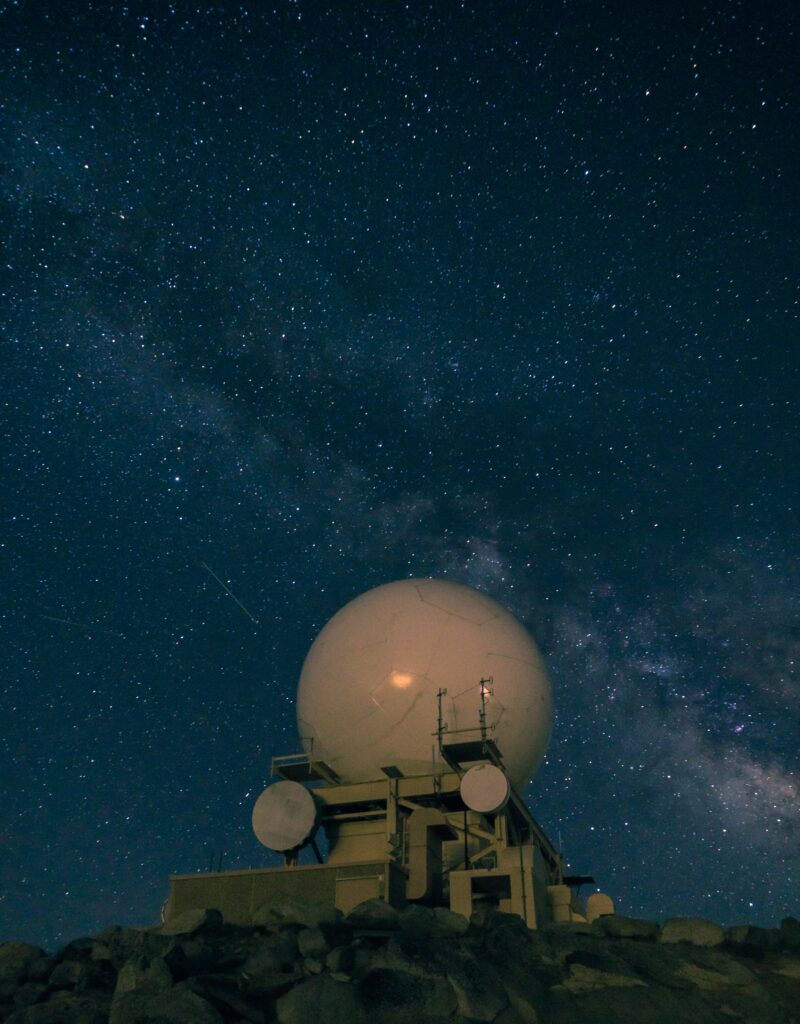Optics plays a pivotal role in the field of astronomy, enabling scientists to observe and study celestial objects with unparalleled clarity and precision. From ground-based telescopes to space-based observatories, optics is fundamental in capturing, focusing, and analyzing the light emitted by distant stars, galaxies, and cosmic phenomena. Here are some key areas where optics is extensively utilized in astronomy:
1. Telescope Optics: Optical elements form the heart of telescopes, collecting and focusing light to produce clear and detailed images. From primary and secondary mirrors to corrective lenses and specialized coatings, optics enable astronomers to study celestial objects across the electromagnetic spectrum.
2. Imaging and Spectroscopy: Advanced optical systems integrated into telescopes enable detailed imaging and spectroscopic analysis of celestial objects. Optics-based cameras, detectors, and spectrometers capture and analyze the light emitted or reflected by astronomical targets, providing insights into their composition, temperature, and motion.
3. Adaptive Optics: Adaptive optics systems utilize optics to correct for atmospheric distortions and turbulence that can degrade the quality of astronomical observations. These systems employ deformable mirrors and wavefront sensors to adjust and compensate for the atmospheric effects, resulting in sharper and more precise images.
4. Spectral Filters: Optics-based spectral filters are used to isolate specific wavelengths or ranges of light for targeted observations. These filters allow astronomers to study specific features, such as emission lines or absorption bands, providing valuable information about the physical properties and chemical composition of celestial objects.
5. Interferometry: Interferometric techniques employ optics to combine and analyze light from multiple telescopes, effectively increasing the resolving power and sensitivity of astronomical observations. Interferometers enable astronomers to achieve high-resolution imaging and study fine details of celestial objects.
6. Space-based Observatories: Optics is integral to space-based observatories like the Hubble Space Telescope and upcoming missions like the James Webb Space Telescope. These observatories employ state-of-the-art optics to capture and transmit images and data from space, free from the distortions caused by Earth’s atmosphere.
Our familiarity of US State Department ITAR regulations (governing military exports), coupled with our optics expertise, places Doon Optical Systems in an unique position to manufacture & procure militarily sensitive goods for the Government of India and its agencies (IRDE, BEL, CHESS, Lastec, OPTEL, etc). These items can be a one-off, or items manufactured in collaboration with the foreign firm to comply with the “Make in India” mandate.

